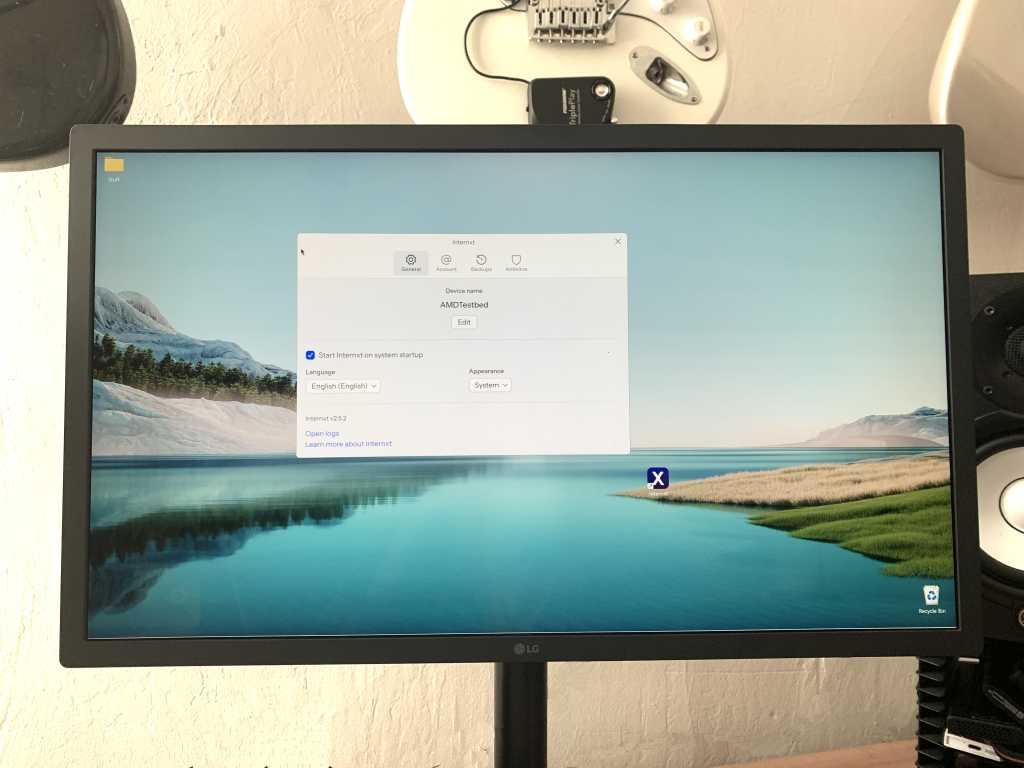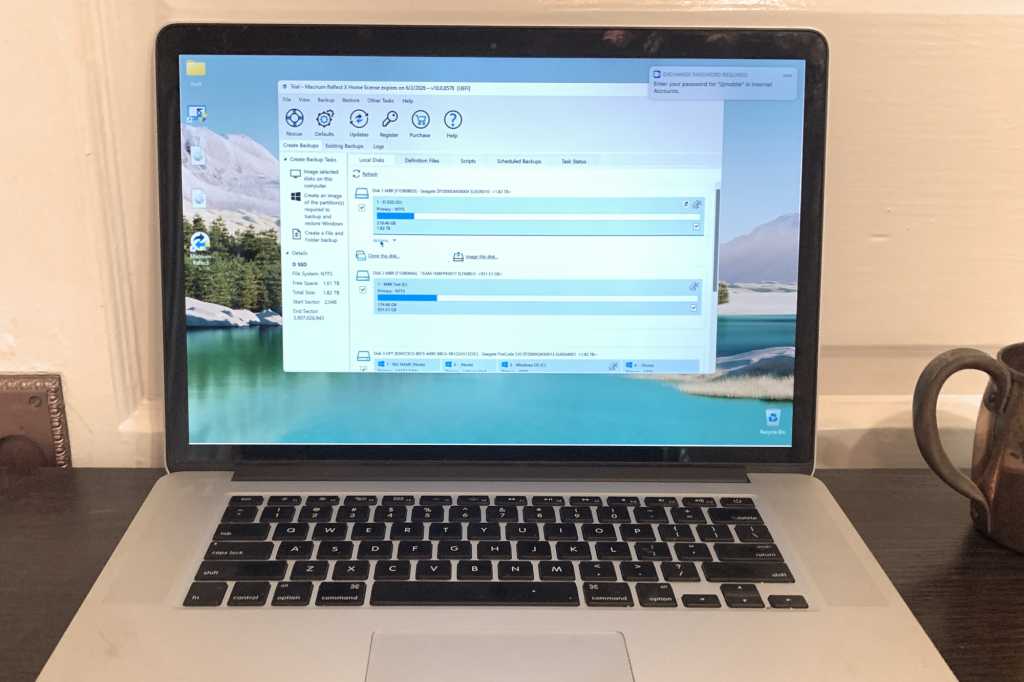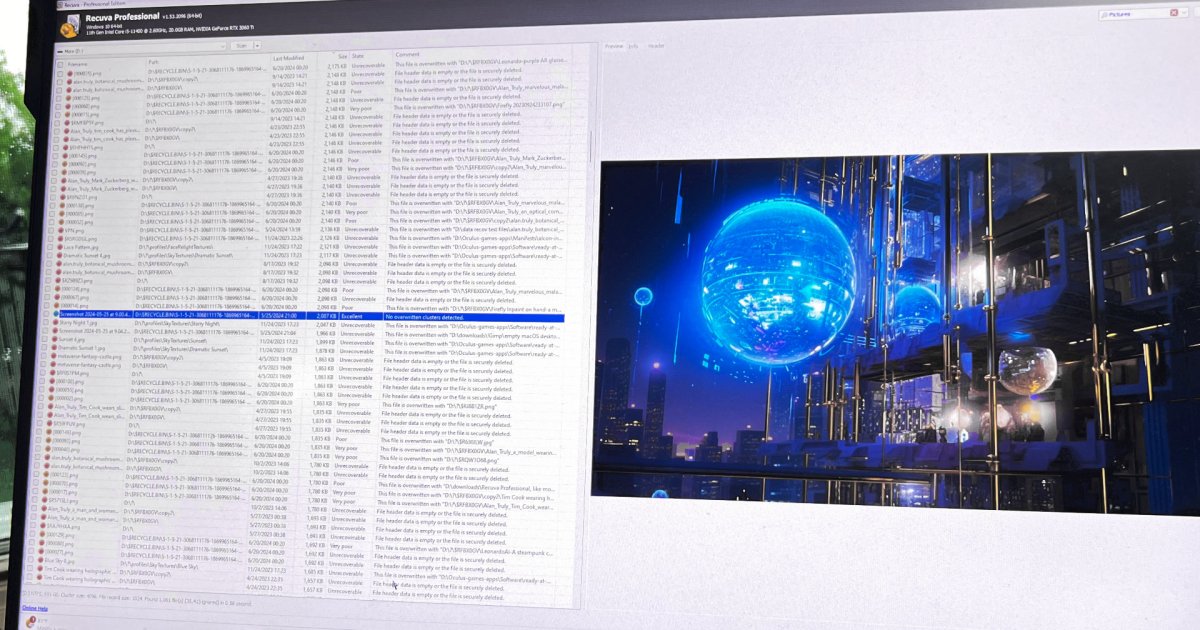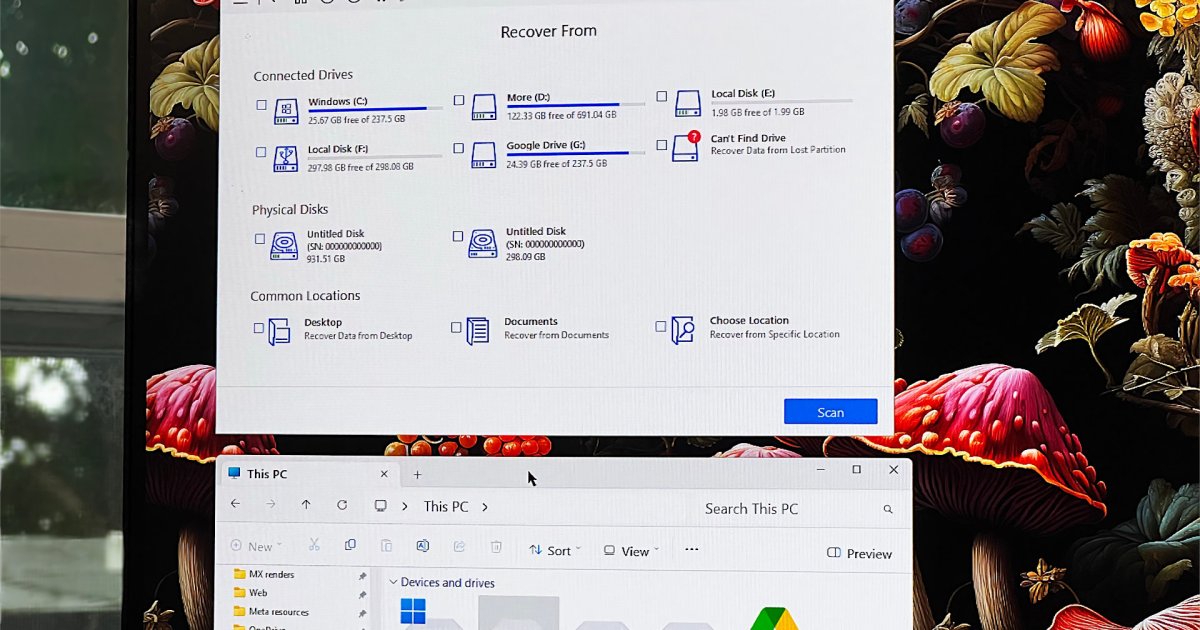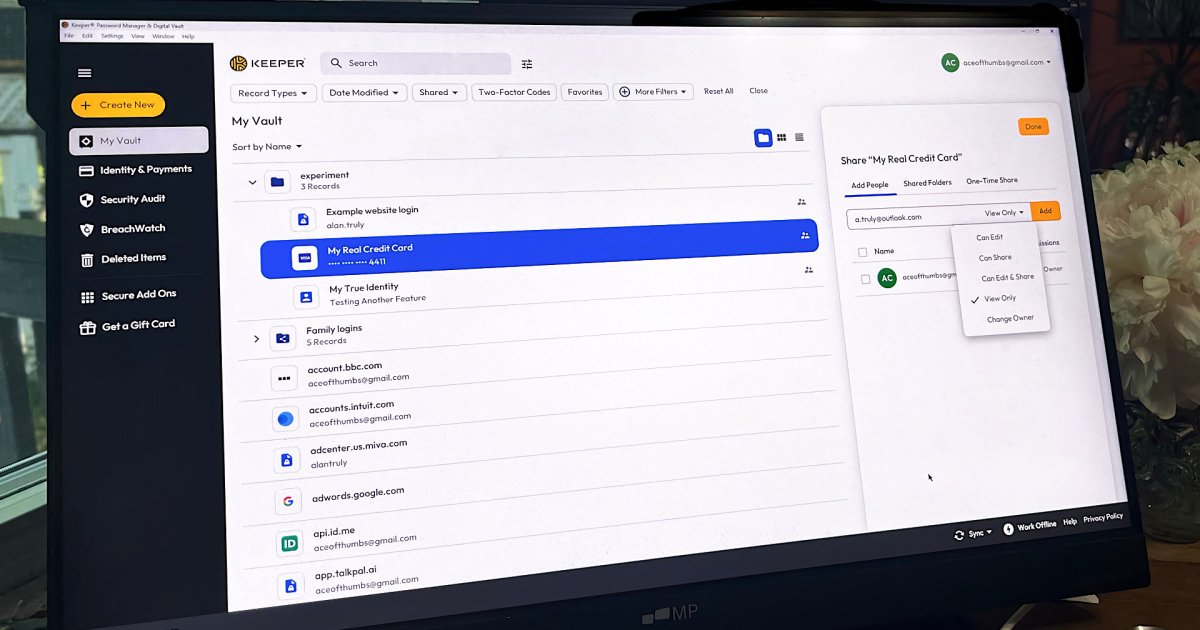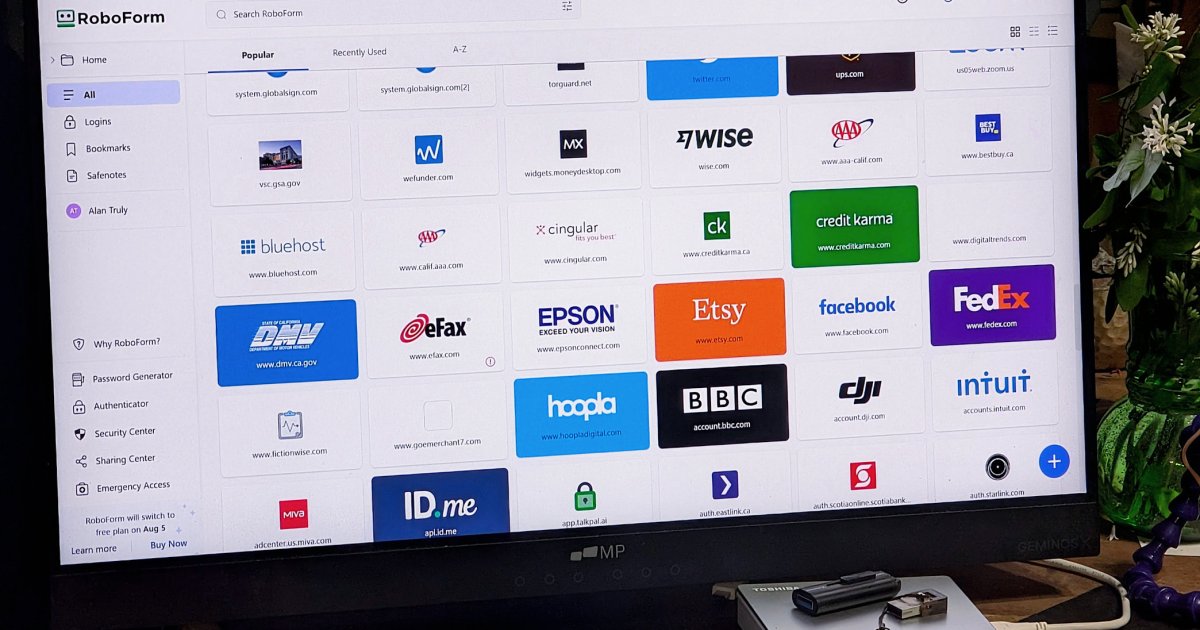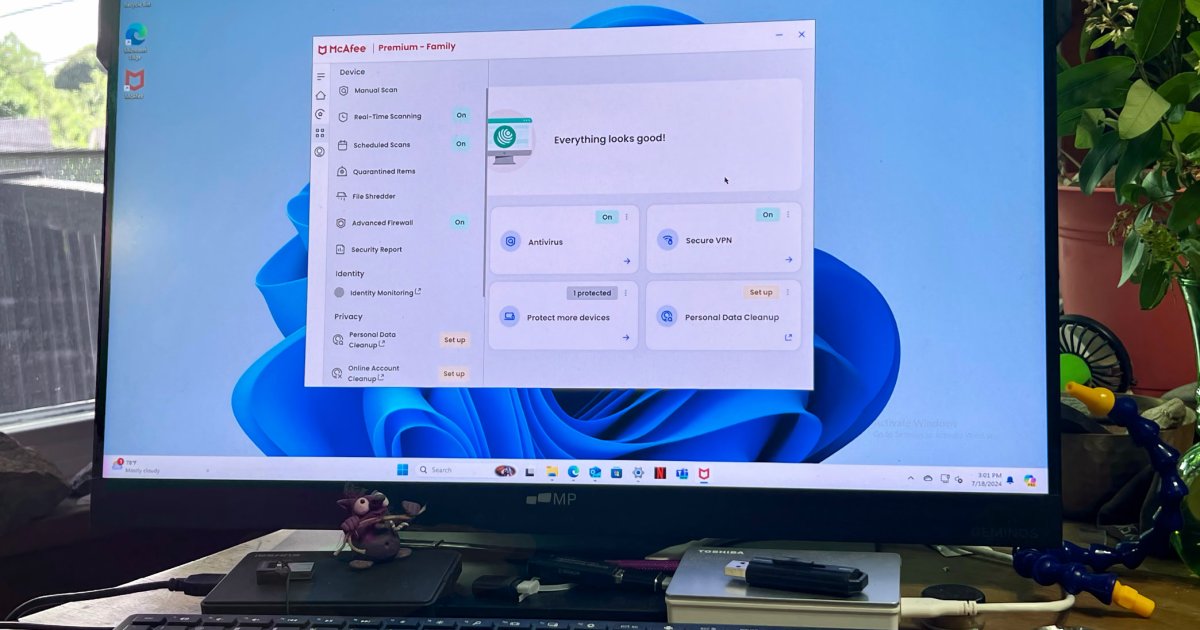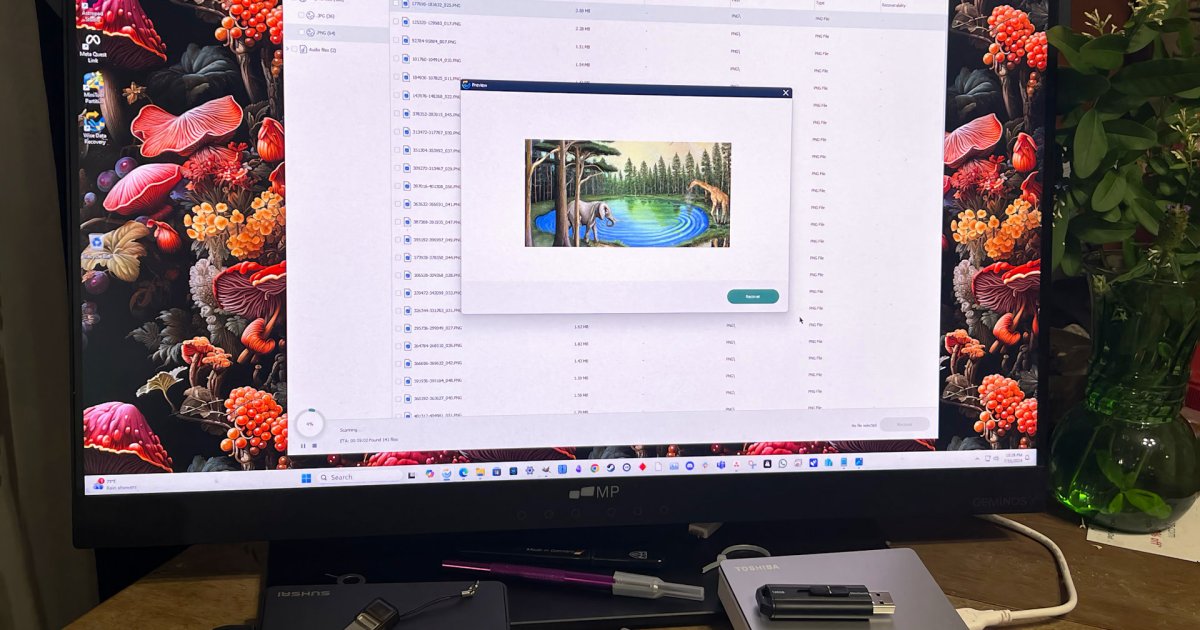The Nintendo Switch 2 officially launched on June 5th, heralding Nintendo’s latest attempt to captivate both dedicated fans and a new generation of gamers. Rather than a complete reinvention, Nintendo has chosen a path of modernization, building upon the familiar and beloved concept of the original Switch. This new console arrives packed with significantly enhanced hardware and a suite of detailed improvements, presenting itself as a thoughtful and considerable upgrade. However, much like the discourse surrounding other mid-generation console refreshes, the central questions loom large: Is the Nintendo Switch 2 worth the investment, and who is its ideal audience? This review delves into its capabilities, features, and overall value to help you decide.
For those keeping an eye on broader tech developments, Apple’s WWDC 2025 is scheduled for June 9-13. Our sister site Macworld will offer in-depth coverage, which you can follow in their WWDC 2025 hub.
Powering Up: A Deep Dive into Switch 2 Performance
Nintendo has equipped the Switch 2 with substantially more powerful hardware. In collaboration with Nvidia, a custom-designed processor and GPU have been integrated, reportedly delivering approximately ten times the processing power of the original Nintendo Switch. This significant boost benefits both new and existing titles, enabling smoother gameplay and noticeably faster loading times, though achieving a consistent 60 frames per second (fps) isn’t universal. While games like Mario Kart World are said to hit this golden benchmark, more graphically demanding titles such as Cyberpunk 2077 tend to operate in the 30 to 40 FPS range.
The mere fact that Cyberpunk 2077 runs proficiently on the Switch 2 is a testament to its improved capabilities. Even with titles like The Legend of Zelda: Tears of the Kingdom, the enhanced frame rates contribute significantly to a more immersive and fluid gaming experience. A key technology enabling this performance is Nvidia’s DLSS (Deep Learning Super Sampling), which utilizes AI to upscale resolution and generate additional frames. While generally effective, this AI-driven process can occasionally introduce minor visual artifacts, though these are typically confined to the background and rarely detract from the overall picture quality.
 Nintendo Switch 2 console and accessories unboxed, including Joy-Cons, dock, and power adapter.
Nintendo Switch 2 console and accessories unboxed, including Joy-Cons, dock, and power adapter.
In terms of resolution, the Switch 2 now supports 1080p in handheld mode, a clear step up that enhances visual fidelity on the go. When docked and connected to a TV, the output resolution varies by game. Some titles, like Mario Kart World, can achieve a native 1440p, while others are upscaled to this resolution. Crucially, the Switch 2 introduces the ability to upscale games to 4K resolution, a substantial improvement over the original Switch’s Full HD maximum. This, combined with HDR (High Dynamic Range) support in TV mode, can produce truly stunning visuals in compatible games.
Nintendo has also generously equipped the Switch 2 with 256GB of internal storage, a significant upgrade from the original’s 32GB or the OLED model’s 64GB. This should provide ample space for most users’ game libraries. For those needing more, storage can be expanded via a microSD card, though the Switch 2 requires cards compliant with the newer microSD Express standard.
 Size comparison of the Nintendo Switch 2 console, appearing larger than the original Switch model.
Size comparison of the Nintendo Switch 2 console, appearing larger than the original Switch model.
Battery Life: More Power, Less Playtime?
When it comes to battery life, the Nintendo Switch 2 presents a mixed picture. While the battery capacity has increased to 5220 mAh from the previous 4310 mAh, the more powerful hardware draws significantly more energy, resulting in noticeably shorter playtime. For demanding games, the console may last only around two hours, which could be a considerable drawback for those who frequently play on the move. Under optimal, less demanding conditions, the battery might stretch to six and a half hours, which still falls short of expectations for extended portable use.
By comparison, the Nintendo Switch OLED offered a battery life ranging from four and a half to nine hours. Consequently, players who primarily use their console in handheld mode will find their gaming sessions curtailed with the Switch 2. This is less of an issue when the console is docked and played on a TV, but it undeniably feels like a regression for portable play.
The Switch 2 makes perfect sense as an upgrade, as it delivers many improvements that Nintendo titles urgently need… Unfortunately, the Switch 2 has not become a must-have despite some useful improvements.
Design and Handling: Familiar Feel with Subtle Changes
True to Nintendo’s reputation, the build quality of the Switch 2 is of a very high standard. The console feels robust and premium in hand, despite its slightly larger form factor compared to its predecessor. The core design philosophy remains largely unchanged from the original Switch.
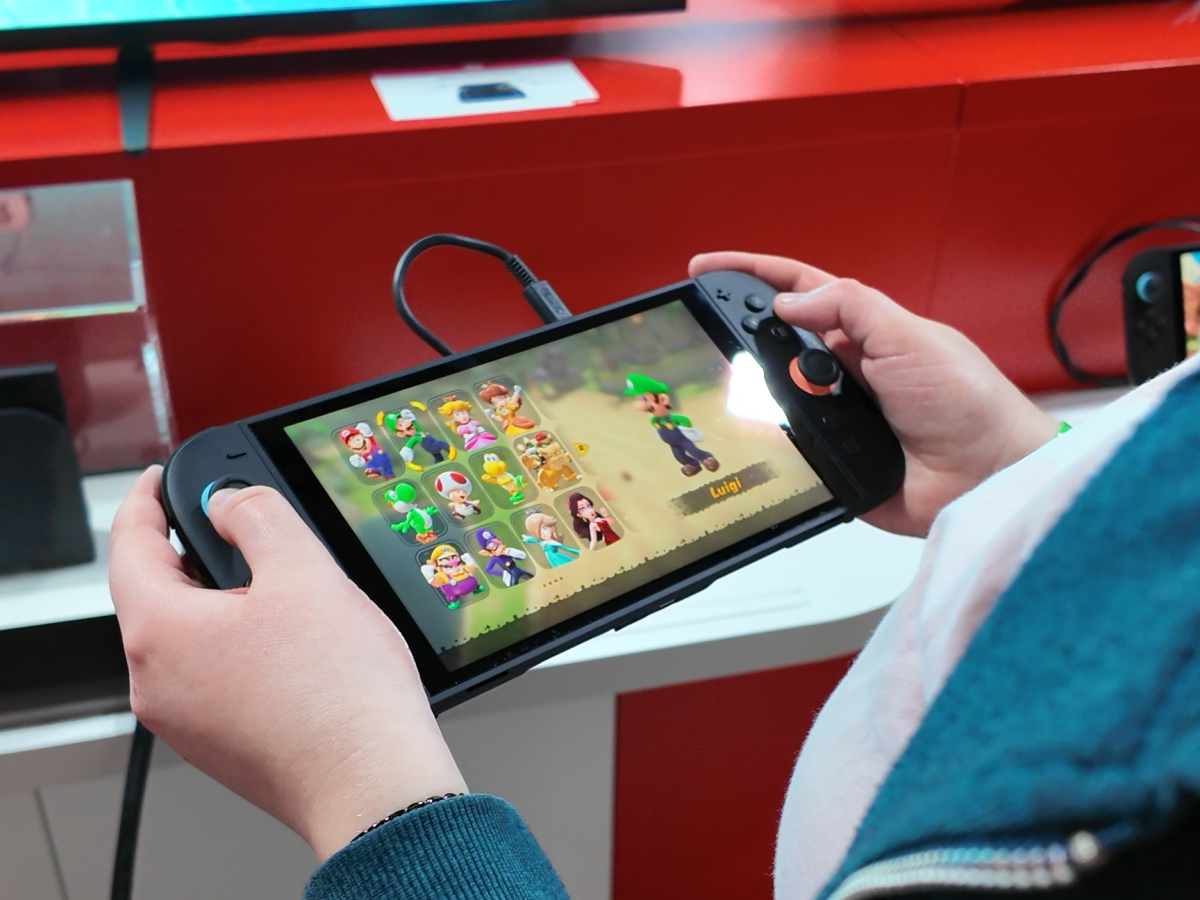 Close-up of the Nintendo Switch 2 console showcasing its design and build quality during a hands-on.
Close-up of the Nintendo Switch 2 console showcasing its design and build quality during a hands-on.
The Joy-Con controllers are broadly similar, with the notable addition of magnetic attachment to the console, which functions effectively. Users should exercise caution, however, as fingers can accidentally get pinched during attachment. The Joy-Cons can be released via a button or pulled off with a bit of force, though the latter requires a firm grip on the console to prevent accidental drops. Interestingly, the Joy-Cons can be attached upside down and still function, with the console’s display orientation adjusting accordingly.
Aesthetically, the Switch 2 is more subdued, featuring fewer bold color accents compared to the vibrant Joy-Cons of the original. While this offers a sleeker look, many hope Nintendo will release special editions to add more visual flair. A significant point of criticism, however, is that Nintendo has not addressed the infamous stick drift issue with the Joy-Cons, an omission many find disappointing given the problem’s long-standing nature.
The Display Dilemma: LCD in an OLED World
A notable point of disappointment for many was Nintendo’s decision to equip the Switch 2 with an LCD screen rather than an OLED panel, like that found in the Nintendo Switch OLED model. The OLED screen was a highlight of that iteration, offering more vibrant colors, deeper blacks, and superior contrast, significantly enhancing the visual appeal of games.
While Nintendo has utilized a high-quality LCD panel for the Switch 2 – which, at 7.9 inches, is also larger than the original Switch’s screen – it inherently cannot match the performance of a good OLED display. Colors on the Switch 2’s LCD look good, but a direct comparison reveals that the OLED Switch still holds an edge in visual punch. Users accustomed to the OLED Switch will likely notice this difference. This decision is particularly regrettable as a more contemporary OLED version at launch could have better justified the Switch 2’s price point.
 Nintendo Switch 2 LCD screen displaying a vibrant game scene compared to an OLED, highlighting color richness and contrast levels.
Nintendo Switch 2 LCD screen displaying a vibrant game scene compared to an OLED, highlighting color richness and contrast levels.
The most significant weakness of the LCD screen emerges in handheld mode concerning HDR. While the Switch 2 supports HDR output to a compatible TV when docked, enabling a wider range of colors and brightness levels, this feature is effectively neutered in handheld mode. The LCD panel simply cannot display true HDR content. Independent analyses confirm that crucial aspects of HDR, particularly deep black levels and peak brightness, fall flat when playing portably. While the console can receive and process HDR signals, the LCD screen’s limitations mean that impressive contrast ratios are not achievable in handheld mode, especially since games must specifically support HDR in the first place, which currently only a handful of titles do. Thus, while colors may appear somewhat richer, the Switch 2’s handheld display cannot compete with the nearly four-year-old OLED Switch in terms of contrast, a truly unfortunate compromise.
 Dark game scene on Nintendo Switch 2's LCD screen, illustrating potential lack of depth compared to OLED displays.
Dark game scene on Nintendo Switch 2's LCD screen, illustrating potential lack of depth compared to OLED displays.
Launch Titles and Game Library: What to Play on Switch 2
Nintendo aims to showcase the Switch 2’s capabilities with a selection of first-party launch titles, including Mario Kart World and Donkey Kong Bananza (scheduled for a July release). Having had the opportunity to test Mario Kart World extensively, the game looks visually fantastic. The new tracks are imaginatively designed with dynamic elements, and character models and animations are greatly improved. For instance, on some courses, large waves are generated when a character’s blue shell impacts a waterway, with trailing players even feeling the turbulence. Other tracks feature races across sand dunes amidst visibility-impairing sandstorms.
Watch the Mario Kart World gameplay trailer
For the first time in the series, Mario Kart World on Switch 2 introduces an open-world component, a significant innovation likely unachievable on the original Switch. Another new feature is the ability to compete with 24 players instead of 12, leading to enjoyably chaotic races.
 Gameplay screenshot of Mario Kart World on Nintendo Switch 2, showcasing its graphics as a key launch title.
Gameplay screenshot of Mario Kart World on Nintendo Switch 2, showcasing its graphics as a key launch title.
In Donkey Kong Bananza, players can reportedly unleash extensive environmental destruction, with large portions of the map breakable into individual pieces that the console must dynamically calculate. Third-party support also appears promising, with titles like Cyberpunk 2077 available at launch, alongside others such as Hitman, Hogwarts Legacy, Street Fighter, and Yakuza. However, it’s worth noting that Switch 2 games come with a higher price tag; Mario Kart World, for example, can cost up to $80. Nintendo will also offer free updates for some existing original Switch games, allowing them to leverage the Switch 2’s enhancements. For other titles, such as The Legend of Zelda: Breath of the Wild and Tears of the Kingdom, these improvements may require an additional purchase, unless users already subscribe to the Nintendo Switch Online Expansion Pass.
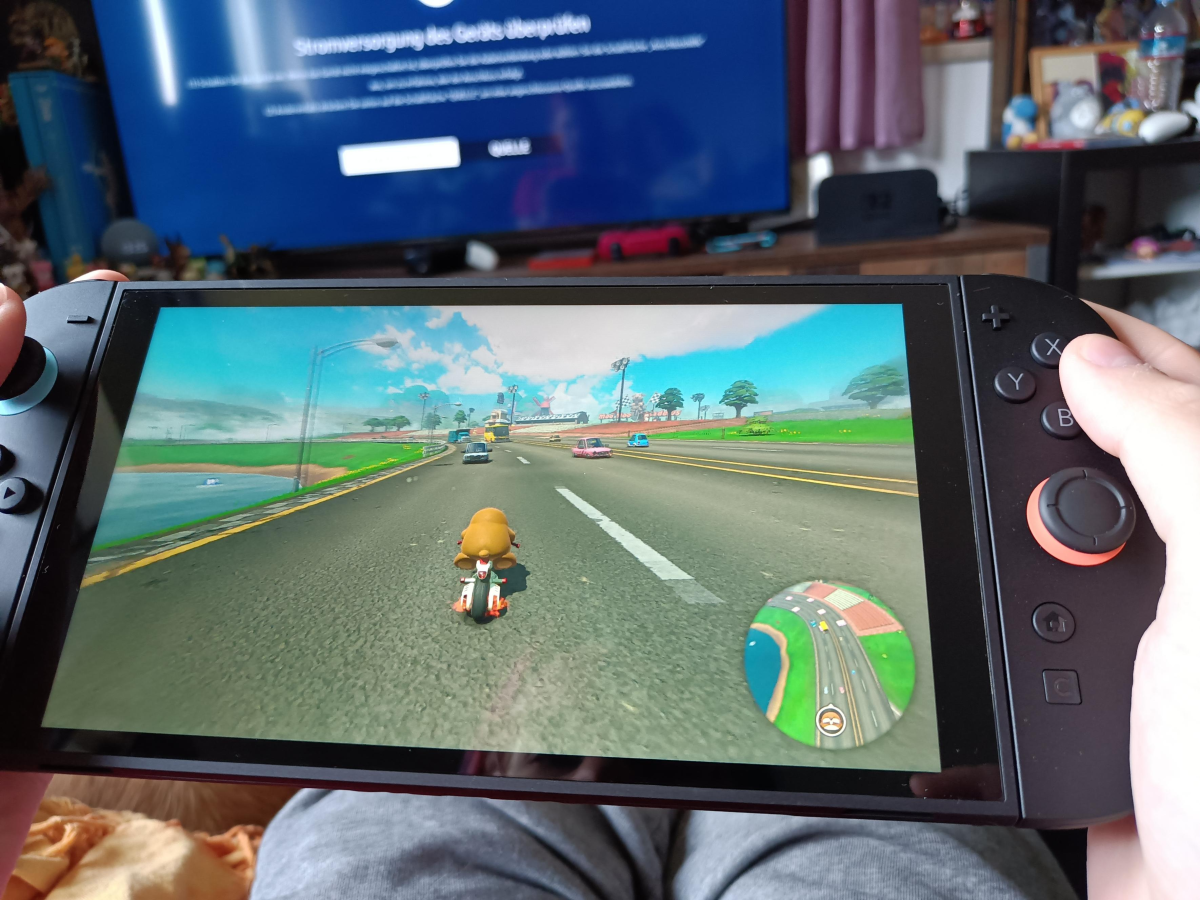 Mario Kart World's new Free Roam mode on Nintendo Switch 2, displaying an open-world environment.
Mario Kart World's new Free Roam mode on Nintendo Switch 2, displaying an open-world environment.
GameChat: A New Way to Connect (With Caveats)
The new GameChat function is tailored for online gamers, designed to facilitate direct communication through the console. It utilizes a built-in microphone, eliminating the need for a separate headset mic. However, a camera is required for video chat, which Nintendo offers separately for $54.99. GameChat is accessed via a new ‘C’ button on the Switch 2 Joy-Cons or the Switch 2 Pro Controller. Players can invite friends to chat and play games like Mario Kart or Mario Party together in online multiplayer, theoretically enhancing the social experience by allowing visual interaction.
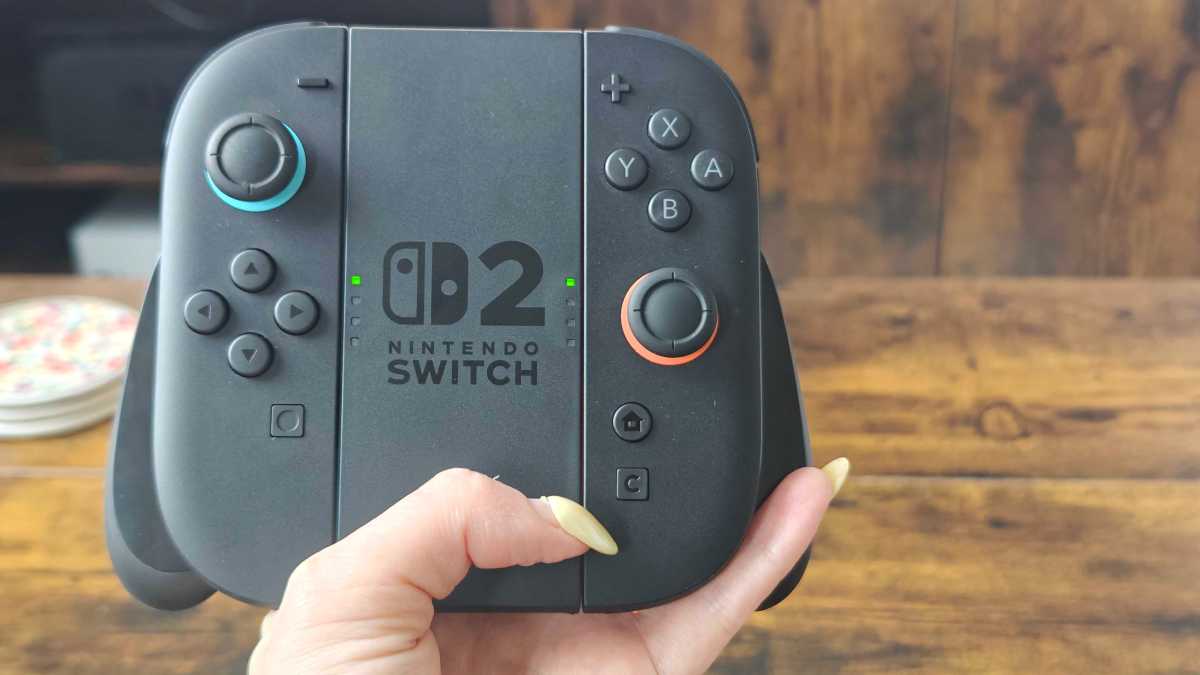 Close-up of the new C button on the Nintendo Switch 2 Joy-Con, used for accessing GameChat features.
Close-up of the new C button on the Nintendo Switch 2 Joy-Con, used for accessing GameChat features.
The current implementation of GameChat appears somewhat rudimentary. While it offers an option to blur the background, the quality of this effect is not on par with established applications like Teams. The console also provides limited guidance on initiating online games with the camera active. On the positive side, noise filtering during gameplay functions reasonably well, ensuring clear voice communication over game audio. Nintendo has also opted to blur the gameplay footage of other participants to minimize distraction, though some may find these blurred and choppy images more distracting than helpful.
It is important to note that GameChat will only be available free of charge until March 31st, 2026. After this date, a paid Nintendo Switch Online membership will be required to use the feature. This raises the question of GameChat’s true added value, especially when free, established communication platforms like Discord or Teamspeak are readily available. Consequently, GameChat currently feels more like a novelty than a substantial improvement.
Joy-Con Mouse Control: Innovation or Gimmick?
Another novel feature of the Switch 2 is the ability to use the new magnetic Joy-Cons as a mouse, courtesy of special built-in sensors. This is activated by laying the Joy-Cons flat on a surface. While this mouse control theoretically works with all games, its practical utility is often limited. Initial impressions suggest it’s more of a gimmick than a compelling selling point.
Certain upcoming high-profile titles, such as Metroid Prime 4: Beyond, are rumored to make significant use of this mouse control, but the game is not yet released. Some smaller mini-games within titles like Drag X Drive or Super Mario Party: Jamboree already leverage the technology. Shooters like Cyberpunk 2077 and strategy games such as Civilization VII could potentially benefit from more precise pointer control on the console. The Nintendo eShop also presents a practical use case, where mouse control can simplify searching for specific titles compared to traditional controller input.
 Demonstration of the Nintendo Switch 2 Joy-Con being used as a mouse on a flat surface for pointer control.
Demonstration of the Nintendo Switch 2 Joy-Con being used as a mouse on a flat surface for pointer control.
However, using the Joy-Cons as a mouse requires a smooth, spacious surface, which may not always be conveniently available. Nintendo suggests that placing the Joy-Con on one’s lap is feasible, but this often proves impractical. Furthermore, the ergonomics are questionable. Resting hands on the Joy-Cons in this manner can become uncomfortable, potentially leading to fatigue and wrist pain after a few hours, especially for individuals who already spend considerable time using a PC mouse. Nintendo does offer accessory grips (at an additional cost) designed to make the Joy-Cons feel more mouse-like, but even these don’t offer a truly ergonomic solution.
In summary, while the Joy-Con mouse control is responsive and precise, it doesn’t revolutionize the Switch 2 experience. It doesn’t transform the console into a PC replacement and ultimately feels like an interesting idea that offers tangible benefits for only a select few titles, lacking broad, game-changing added value.
Nintendo Switch 2: Specs
| Specs | Value |
|---|---|
| Size | 116 mm x 272 mm x 13.9 mm (with Joy-Cons connected) |
| Weight | 401 g (with connected Joy-Cons: approx. 534 g) |
| Display | Capacitive touchscreen / 7.9 inch / resolution 1920 x 1080 / LCD screen with wide color spectrum and HDR10 support/VRR up to 120 Hz |
| CPU/GPU | Customized processor from NVIDIA |
| System memory | 256 GB (UFS) |
| Communication functions | WLAN (Wi-Fi 6) / Bluetooth |
| Video output | Maximum resolution: 3840 x 2160, 60 fps Supports 120 fps when 1920 x 1080 / 2560 x 1440 resolutions are selected |
| Audio output | Supports linear PCM 5.1, output via HDMI cable in TV mode |
| Speakers | Stereo |
| Microphone | Integrated microphone (monaural) |
| Buttons | POWER button / volume buttons |
| USB ports | 2 USB Type-C ports |
| Headphone socket | 4-pin 3.5 mm stereo mini plug (CTIA standard) |
| Card slot | Both Nintendo Switch 2 and Nintendo Switch software cards can be inserted. |
| microSD Express Card slot | Only compatible with microSD Express Cards (up to 2 TB) |
| Sensors | The acceleration sensor, the gyro sensor and the mouse sensor are located in each Joy-Con 2 controller. The brightness sensor is located in the console. |
| Operating environment | Temperature: 5 – 35°C / Humidity: 20 – 80% |
| Internal battery | Lithium-ion battery / battery capacity: 5220 mAh |
| Battery life | 2 – 6.5 hours |
| Charging time | 3 hours |
| Power consumption | TV mode Active gaming: 19 W*2*3 HOME menu: 8 W*3 Sleep mode (WLAN is connected, wired LAN connection is not active): 0.5 W Sleep mode (wired LAN connection is active): 5 W Switched off: 0.5 W Estimated annual energy consumption*4: 14 kWh*5 / 50 kWh*6 |
Data according to the manufacturer (Nintendo)
Nintendo Switch 2: Conclusion
For those who have eagerly awaited the Nintendo Switch 2 since its announcement, the decision to purchase is likely already made. As an upgrade, the Switch 2 offers several compelling improvements: enhanced frame rates, faster loading times, 4K upscaling support for TV mode, and significantly more internal storage. While it doesn’t aim to compete directly with the raw power of the PS5 or Xbox Series X/S, it carves out its own niche effectively.
However, the Switch 2 is not without its drawbacks and therefore doesn’t emerge as an unequivocal must-have for all. The choice of an LCD screen over OLED is a notable disappointment, particularly impacting handheld HDR capabilities and overall contrast. The reduced battery life compared to the OLED model is a significant concern for portable players. Furthermore, new features like the Joy-Con mouse control and GameChat, while innovative in concept, feel somewhat underwhelming in their current execution and perceived value. The increased price of both the console and its games also factors into the equation.
Ultimately, if you are a dedicated Nintendo enthusiast or a frequent Switch player looking for a substantial performance boost, the Switch 2 presents a sensible, albeit imperfect, upgrade. For more casual players or those on the fence, it may be prudent to weigh these shortcomings carefully. Waiting for potential future revisions, such as a dedicated OLED or Lite model that might address some of these concerns, could be a worthwhile consideration.




